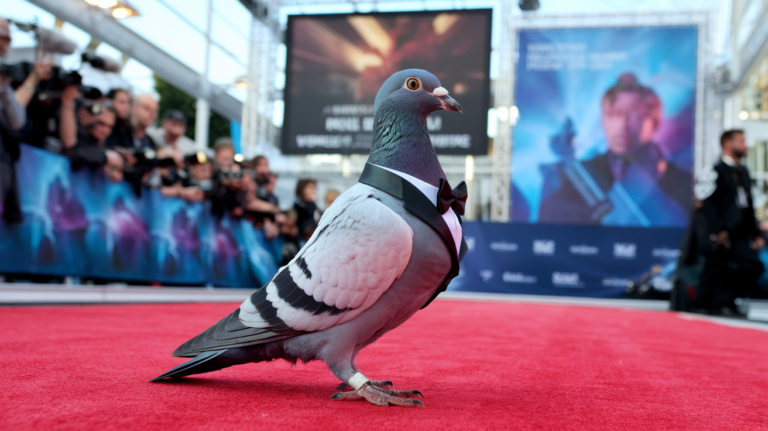
If you’re serious about improving your race results, understanding the top performance factors in pigeon racing is essential. While talent and bloodline matter, there’s a lot more that goes into turning an average flyer into a consistent winner. Whether you’re just getting started or you’re looking to gain an edge over the competition, this article breaks down the real keys to peak pigeon performance.
Let’s dive into what separates the best from the rest.
1. Genetics and Bloodline
No surprise here—genetics play a huge role in a pigeon’s potential. Champions are often bred from strong lines that have proven themselves over generations. But it’s not just about flashy pedigrees; it’s about selecting birds that consistently perform under race conditions. Look for traits like homing instinct, muscle structure, and mental sharpness. Breeding from your own top performers is often more reliable than relying solely on outside lofts.
Pro Tip: Keep detailed records of bloodlines and performance stats. Over time, patterns will emerge that show you which lines are consistently delivering results.
2. Training Consistency and Routine
Pigeons thrive on routine. A structured training program helps condition their muscles, sharpen their instincts, and build confidence. That means flying them regularly—morning and evening—and mixing in tosses from different directions and distances.
Consistency also includes how and when you feed, loft cleanliness, and how you handle your birds. Sudden changes can throw them off, so find a rhythm that works and stick to it.
Think of your loft as a mini training camp. The more predictable and consistent it is, the more your birds can focus on flying their best.
3. Nutrition and Feeding Strategy
Feeding isn’t just about filling their crop—it’s about fueling performance. During racing season, your birds need a balanced mix of carbs, protein, fats, and micronutrients. Energy-dense grains like corn and safflower help during long races, while protein sources are crucial during recovery.
Supplementation is also key. Vitamins, probiotics, and electrolytes can help maintain health and stamina. But be cautious—overdoing supplements can be just as bad as neglecting them.
A well-fed pigeon is a focused pigeon. Fuel them right, and they’ll fly right.
4. Health and Disease Prevention
Even the best bird in the world won’t perform if it’s not healthy. Respiratory issues, parasites, and common loft diseases can sabotage your season fast. Implement regular health checks and a vaccination program. Don’t wait for symptoms—prevention beats cure every time.
Loft hygiene, quarantine protocols for new birds, and clean water are non-negotiables if you’re aiming to compete at a high level.
5. Mental Conditioning and Confidence
This is one of the most overlooked performance factors in pigeon racing. Confident pigeons fly better—plain and simple. Birds that trust their trainer and feel secure in their environment are more likely to perform under pressure.
That’s why loft environment, handling routines, and race experiences matter. Confidence builds over time with positive reinforcement, proper handling, and regular exposure to new challenges.
Just like athletes, pigeons can be trained to handle pressure. Confidence isn’t just for humans.
6. Loft Design and Environment
Where your pigeons live matters. Good loft design ensures proper ventilation, temperature control, and protection from predators and stress. Cramped, poorly lit, or overly noisy lofts create anxiety and affect rest and recovery.
Your loft should be a place your birds want to return to. That “home attachment” is one of the most critical performance factors in pigeon racing—and it’s something you can control.
7. Race Strategy and Toss Timing
Even with the best birds, your race plan can make or break results. Understanding weather patterns, wind direction, and your birds’ strengths can help you plan tosses and race entries strategically.
Some fanciers excel not just because of their birds, but because they outthink the competition. Know when to push your birds, and when to hold them back for recovery.
8. Recovery and Rest Cycles
Rest is a weapon. Overtraining can lead to burnout, while proper rest builds strength. After a tough race, recovery nutrition, light exercise, and mental downtime are key. Always adjust your training based on how your birds are responding—not just the calendar.
Final Thoughts
Winning consistently isn’t about shortcuts—it’s about mastering the fundamentals. From breeding to recovery, every detail matters. If you want to raise your game, focus on developing your own system around these top performance factors in pigeon racing. Over time, you’ll not only see more returns—but more wins.






